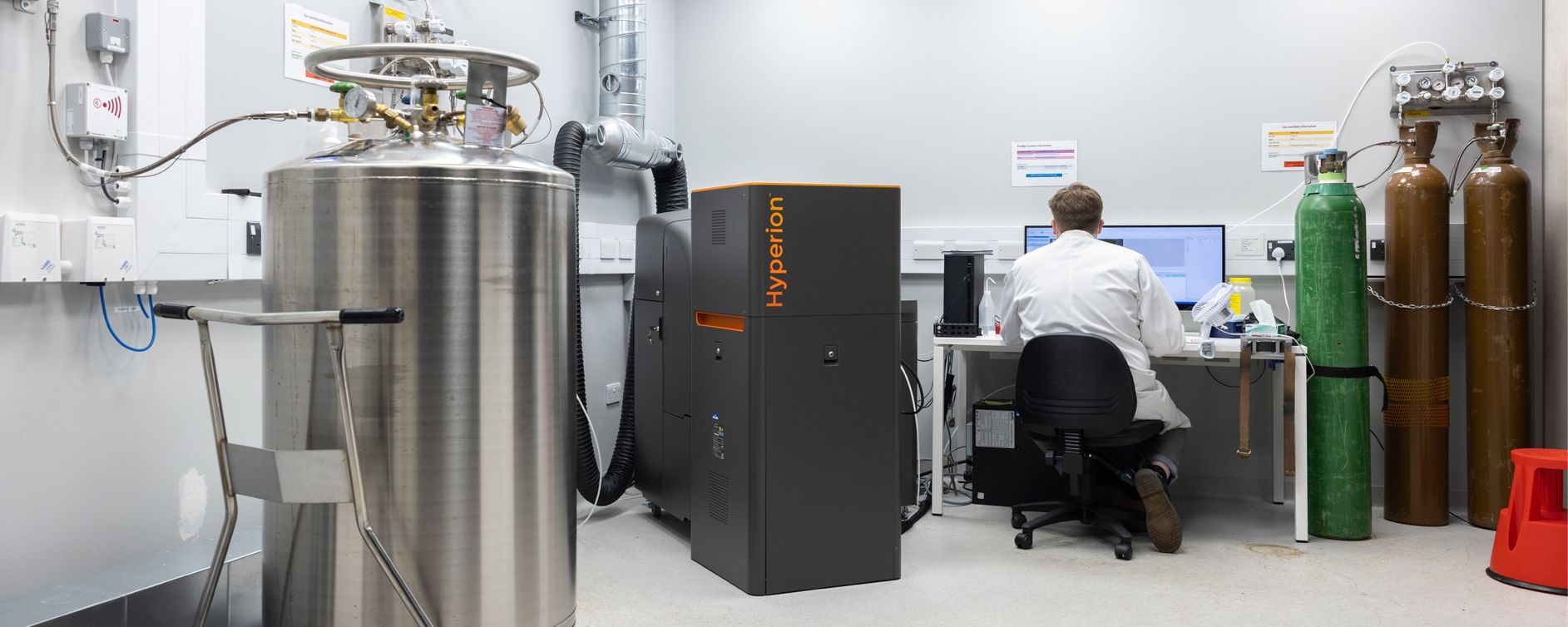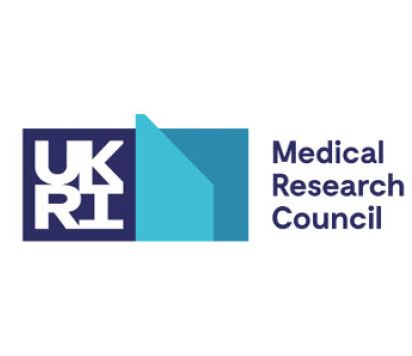Centre technical experts
Vicky Chau (internal users)
MAP technician
Riad Yagoubi (external users)
PhD student in Matthews lab
Location: Level 7 Sir Michael Uren Hub, White City Campus
Technique: Mass cytometry
Manufacturer: Standard BioTools
View product webpage
The Hyperion Imaging System combines cutting-edge TOF (Time of flight) cytometry technology with immunohistochemical staining and imaging to interrogate up to 37 protein biomarkers in their native tissue structures.
Harnessing the unique characteristic TOF mass spectrometry readings of lanthanide metal isotopes allows the system impressive multiplexing capabilities. Signals from isotope-labelled antibodies are detected and quantified to reflect the abundance and localization of target protein markers, permitting in-depth tissue characterisation at the single-cell level.
We utilise the Hyperion imaging system to investigate changes in protein abundance and localisation, changes in cell-type specific protein expression and cell-type interactions with pathological features of disease. The high-level multiplexing allows the simultaneous analysis of multiple complex interactions, at the single cell level, within the cellular environment.
Contacts
For queries relating to the technology, please contact the relevant lead technical expert - Vicky Chau (internal users); Riad Yagoubi (external users).
For requests to use the equipment, please contact the lab manager, Megan Winterbotham, to arrange a full induction.
How temperature and circadian rhythms intersect to regulate a protein shown to protect against neurodegeneration
A new study led by Dr Marco Brancaccio (UK DRI at Imperial) and Dr Marieke Hoekstra (former UK DRI at Imperial, now VIB-KU Leuven Center for Brain & Disease Research) offers a deeper insight into how a neuroprotective pathway is regulated both by temperature and the body clock. This research, published in the journal PNAS, could open up new therapeutic avenues for neurodegenerative disease. Read more on the UK DRI website
Introducing Cynthia Sandor: Pioneering earlier detection of Parkinson’s
Dr Cynthia Sandor, former Emerging Leader at the UK DRI at Cardiff, joins the UK DRI at Imperial as a Group Leader, where she will be tackling early diagnosis of Parkinson’s.
With a background in genetics, Dr Sandor uses computational methods to bring greater understanding to the underlying molecular mechanisms of Parkinson’s. Read more about Cynthia's work on the UK DRI website.


